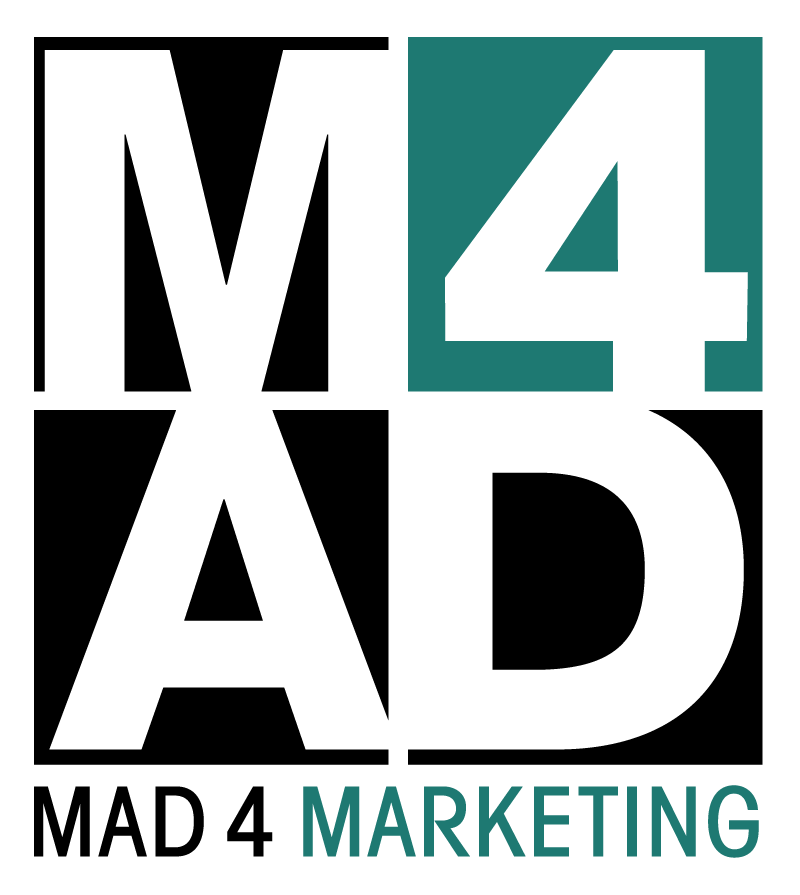For many companies, relationships are built through personal, one-on-one nurturing between account reps and account managers.
It’s important to give clients an individual point of contact. This is someone they can get to know and trust; it’s who they can reach out to directly when they require services or have questions.
That’s much more rewarding than running through different channels and unknown contacts each time they interact with your company. If that happens, it feels like they’re starting on the first day, and the first page, every single time they pick up the phone. You can’t build something meaningful. Eventually, the client might as well move to another company, since you become interchangeable when you fail to make an impression or build a personal relationship.
However, 2020 has been a year of major transitions for most companies. Some have been forced to implement furloughs and introduce layoffs. In other cases, employees have made their own big lifestyle changes to accommodate the pandemic, and therefore changed jobs. Overall, it has meant a great deal of transitions, reorganization, and turnover.
So what happens when your company has faced a lot of change, and the one-on-one relationships you’ve worked so hard on cultivating are suddenly at risk?
There are some essential strategies you can implement to minimize the impact of internal turnover on your customer and client relationships:
- Give plenty of notice. It goes without saying that turnover can happen without warning, even if contracts dictate otherwise. Where possible, try to give your clients as much warning as your company has that they might be switching to a new point person soon. But at the same time, be prepared to try and answer as many questions as possible and provide assurances–don’t just drop this info and leave the customer/client hanging. This can raise warning flags and create panic, even when it’s completely unfounded.
- Introduce a transitional point person. You might not know who your company’s replacement will be right away. But it’s important to connect your customer or client with a new name and face to walk them through the transition. Ideally, the person leaving (their former contact) will introduce the new contact, and that person will be fully available until there is a new account manager available as a replacement.
- Provide incentives. It always helps to smooth transitions over with some incentives. Since you’re making things a little rockier for them, it’s good to show that the company is still operating at its full strength by providing some discounts, opportunities, or perks to make up for the temporary disturbance. Obviously, it’s also ideal if you can avoid further transitions for that account in the near future.
- Fall back on your brand. Every company is bigger than any single person. If your brand and reputation are strong enough, you can overcome any bumps in the road. Mad 4 Marketing believes in building brands that can withstand years and years of change and come out ahead, and that also goes for reorgs. Your accounts will understand that transition is necessary to grow and keep rooting for your brand if you’ve excelled.
These strategies can help you keep your relationships intact, even while your company undergoes change. You’ll be able to transition clients to a new point of contact seamlessly, without damaging the loyalty you’ve already earned.
To build a formidable brand, and implement relationship nurturing strategies that endure, reach out to Mad 4 Marketing.

